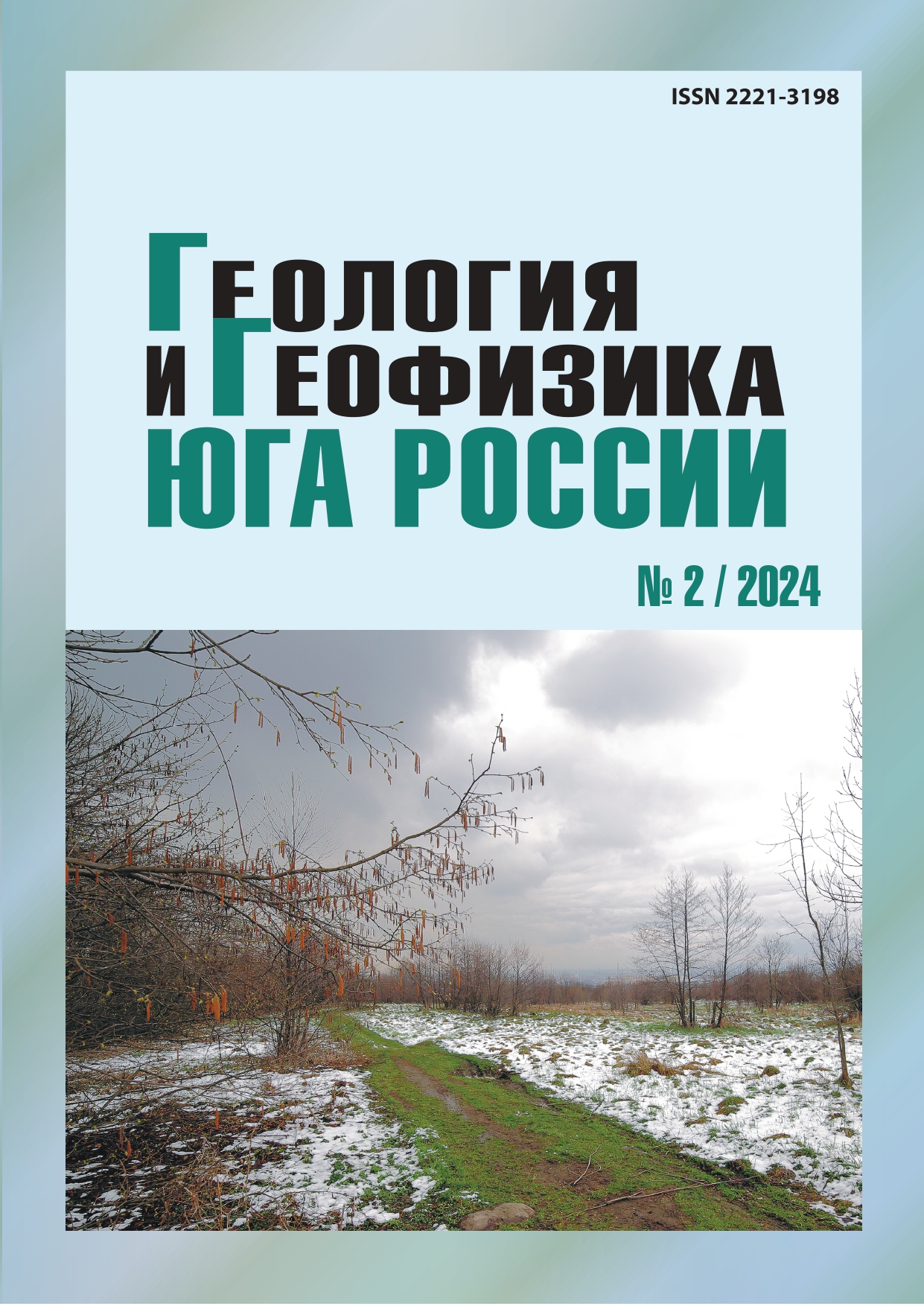Late Carboniferous hypabyssal granites and leucogranites of the Greater Caucasus: issues of petrogenesis
Abstract
Relevance. The study of Paleozoic granites of the Greater Caucasus is an important problem due to the fact that polymetallic (Elbrus) deposits are associated with them in the region, as well as a series of molybdenum, tungsten, polymetallic, uranium and gold ore manifestation. Geochemical study of granites is also necessary to clarify the features of the geodynamic development of the region. The aim of the study is to obtain analytical data, clarify the geodynamic position and ore specialization of hypabyssal granites and leukogranitis. The objects of research were the late carboniferous granitoids of the “Kuban” and “Pskent” complexes, common in the Central and Western Caucasus. Research methods included: the study of the composition of the selected samples by quantitative XRF, ICP-MS methods; their petrographic description, calculations of geochemical characteristics, analysis of discrimination diagrams. Results. It has been established that granites and leucogranites are represented by calcareous–alkaline, moderate- and high-potassium varieties. It is shown that they are post-collisional, ferruginous granites with characteristics close to A-type granites. The formation of rocks took place in the geodynamic conditions of the active continental margin. It has been established that the granites of the Kuban complex belong to the A2 subtype. Their melts are formed during melting of the crustal substrate (P-8 kbar) under the conditions of the heat flow of the Trans-Caucasian transverse uplift zone. The granites of the “Pskent” complex belong to subtype A1. The formation of their melts is presumably due to thermal relaxation of the lower part of the crust (P-16 kbar) and melting of a substantially eclogitic protolith. It is noted that polymetallic mineralization is associated with granites and lekogranites of the zone of the Advanced Ridge of the Greater Caucasus. It is shown that the rocks are characterized by increased concentrations of antimony.


